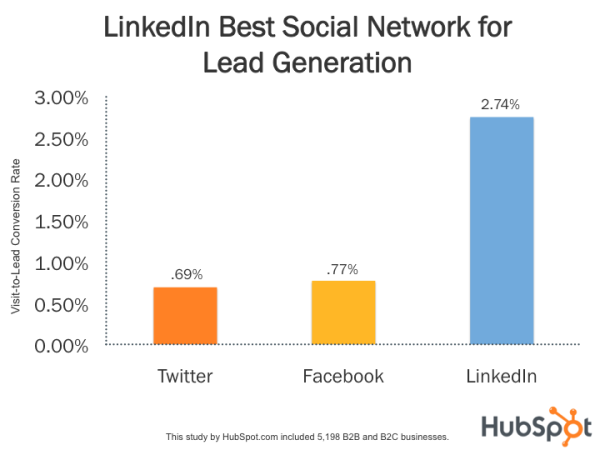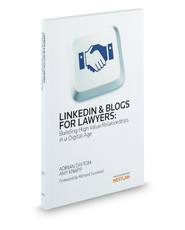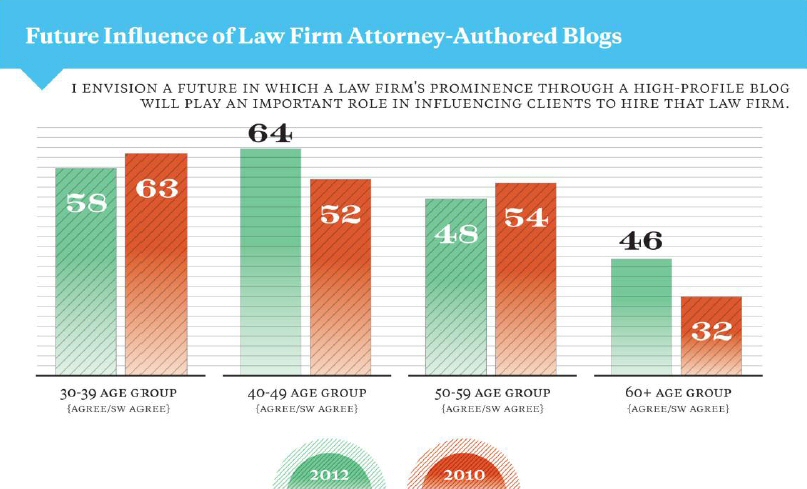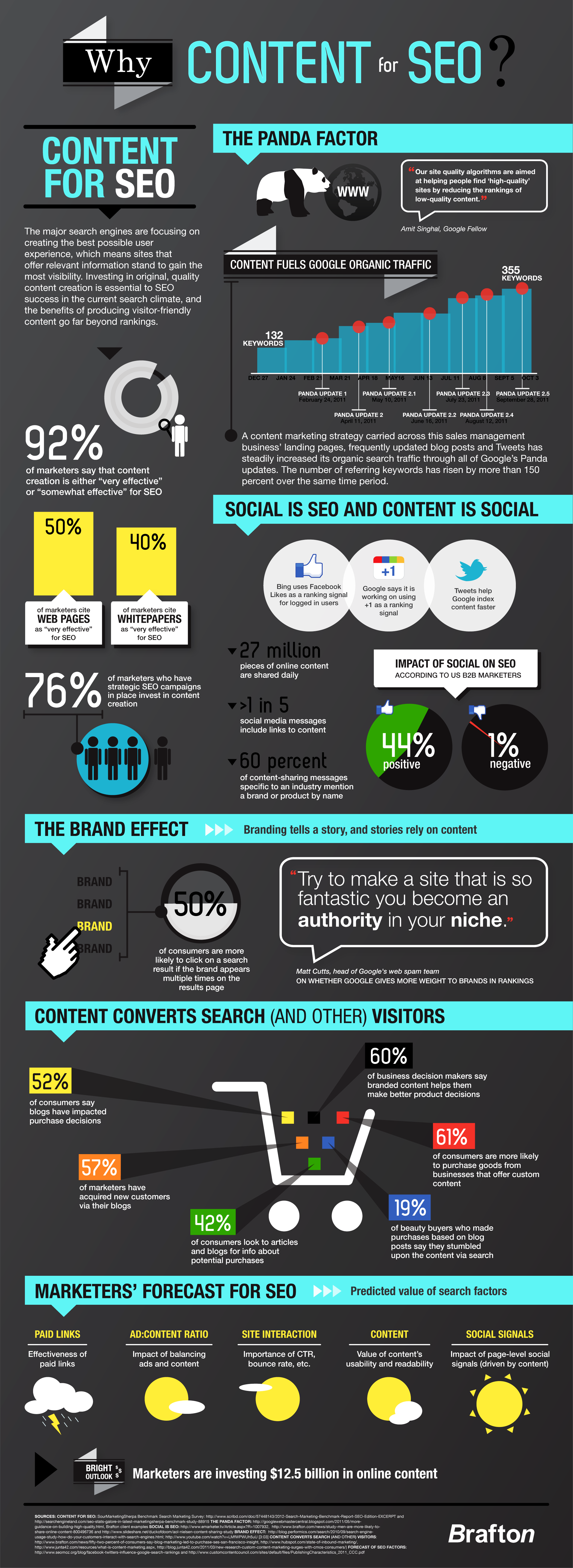 Following are the points I made at Legal Tech New York today on the program "Growing and Retaining Your Client Base through Technology & New Media."
Following are the points I made at Legal Tech New York today on the program "Growing and Retaining Your Client Base through Technology & New Media."
LegalTech had 12,000 participants, almost 200 presenters and nearly 40 industry sponsors -- a record on all counts.
Research has shown repeatedly that blogs are the most effective, lowest-cost form of online marketing for lawyers. Companies that blog have far better marketing results. Specifically, the average company that blogs has:
- 55% more visitors
- 97% more inbound links
- 434% more indexed pages
There are 6,400 lawyer blogs, according to
Blawgsearch, and blogs really do generate new business, if you follow these 10 techniques.
1. Post Often, or at least on a regular schedule. Businesses that blog at least 20 times per month generate more than five times more traffic than those that blog fewer than four times per month. And businesses the blog at least 20 times per month generate nearly four times more leads than those that don't blog, according
Hubspot research.
2. Write about the challenges facing your clients and potential clients. It is a classic business development technique to focus not on yourself, but on the concerns and business problems of the people who read your blog. You need to ask, "what keeps them up at night?" If your readers are bankers, write about the Dodd-Frank Law. If they are consumers write about foreclosure and divorce.
 3. Subscribe to the free newsletter "Best Practices in Lawyer Blogs."
3. Subscribe to the free newsletter "Best Practices in Lawyer Blogs." We started publishing this every two weeks in November, and you can get your own
free subscription. Each
edition features five of the best articles from across the web on writing a killer blog. Check out the most
recent issue.
4. Put in a call to action. In order to generate a response and new business, it is essential to include a call to action in your blog posts. After you've discussed your point of law, invite readers to get a white paper, download a book, come to your speech, subscribe to your blog or sign up for your newsletter. Be sure to emphasize the benefits of doing so.
5. Speak in your own voice. To generate business, your blog can't sound like it was written by a detached, disinterested observer. This has no passion to stir readers' souls. It must make a difference that you are writing about the topic. Write the same way you speak. Explain why your blog post is important to clients. Give your own perspective, insight and analysis.
6. Allow comments. This is a bugaboo at many law firms, but allowing comments is a key to the success of your blog. A blog is an interactive entity that should engage readers and allow them to give feedback. You can moderate the comments to avoid junk messages from being published. And the possibility that you'll collected unwanted clients is very remote.
7. Drive traffic to your blog. Publishing your blog entry alone doesn't mean new readers will find out about it. To achieve this you must repeat your headline with a link on Twitter, Facebook and Google Plus. Include new blog entries in your updates on LinkedIn as well. Upload a copy of the blog entry on free PR and content distribution sites, like JDSupra. These efforts are designed to make your blog easy to find.
8. Use images, not just text. Nobody likes reading a wall of text. People like illustrations, and you can find free ones by searching for images with Google, by conducting searches on Flickr, and by purchasing great pictures on iStockphoto. Be sophisticated and embed a YouTube video in your blog entry to improve your SEO and create a compelling blog entry.
9. Enhance your blog. Be sure to allow readers to subscribe to your blog via email and RSS. Have your IT person make your blog display your latest tweets, feature a Search box, and include icons to your Twitter, Facebook and LinkedIn accounts. Enter blogging competitions and collect some awards, which you should display on your blog.
10. Come up with great topics. This is easier than you think. I have a folder of blog ideas and am never short of content. Simply subscribe to enewsletters and RSS feeds on your topic, set up Google Alerts as well, and you'll have plenty to write about. Publish new statistics, book reviews, "how to" posts, live posts from a conference, answer a question on LinkedIn and of course, write Top Ten Lists.
 So why might LinkedIn be the most efficient social channel for lead generation, and how can you use that to your advantage? Less content is generally posted to LinkedIn than to other social networks, which is probably because people almost exclusively post marketing-related content as opposed to their children's photos or social "chatter," according to Hubspot.
So why might LinkedIn be the most efficient social channel for lead generation, and how can you use that to your advantage? Less content is generally posted to LinkedIn than to other social networks, which is probably because people almost exclusively post marketing-related content as opposed to their children's photos or social "chatter," according to Hubspot. Following are the points I made at
Following are the points I made at  3. Subscribe to the free newsletter "Best Practices in Lawyer Blogs." We started publishing this every two weeks in November, and you can get your own
3. Subscribe to the free newsletter "Best Practices in Lawyer Blogs." We started publishing this every two weeks in November, and you can get your own  It is appropriate that social media evangelist
It is appropriate that social media evangelist  Steve Boutwell
Steve Boutwell In a new report
In a new report  Thanks to
Thanks to 


.jpg) When attendees register, they'll get two books: 25 Years of Legal Branding -- a color coffee-table book by Burkey Belser and Donna Greenfield, and The Art of Woo by G. Richard Shell and Mario Moussa. There's also an issue of Corporate Counsel and Inside Counsel, plus lots of info on the exhibitors.
When attendees register, they'll get two books: 25 Years of Legal Branding -- a color coffee-table book by Burkey Belser and Donna Greenfield, and The Art of Woo by G. Richard Shell and Mario Moussa. There's also an issue of Corporate Counsel and Inside Counsel, plus lots of info on the exhibitors.
 Check out my latest post on The
Check out my latest post on The  It's always useful to know what your competitors are up to. Of course you shouldn't let a competitor's marketing activities govern which initiatives you pursue, and you certainly wouldn't do anything unethical. But if you were Microsoft, you'd keep track of what Apple was doing.
It's always useful to know what your competitors are up to. Of course you shouldn't let a competitor's marketing activities govern which initiatives you pursue, and you certainly wouldn't do anything unethical. But if you were Microsoft, you'd keep track of what Apple was doing..jpg)
 Here's an excerpt from AttorneyAtWork's
Here's an excerpt from AttorneyAtWork's  "Time for a healthy reality check to see if you’re doing everything you can do to drive more success from your LinkedIn Company Page efforts," writes
"Time for a healthy reality check to see if you’re doing everything you can do to drive more success from your LinkedIn Company Page efforts," writes .jpg) Business development specialist David Ackert and I will show you the Secret to Success in 2012: think and act like the rainmakers think and act. The key is to develop a personal marketing plan, which is simply a blueprint for you to get new business on a a systematic and disciplined basis. If you think like a rainmaker, take the same actions each day and build your skills over time – then you will produce the same results.
Business development specialist David Ackert and I will show you the Secret to Success in 2012: think and act like the rainmakers think and act. The key is to develop a personal marketing plan, which is simply a blueprint for you to get new business on a a systematic and disciplined basis. If you think like a rainmaker, take the same actions each day and build your skills over time – then you will produce the same results. Steve Matthews published a concise article "
Steve Matthews published a concise article "


